[ad_1]
Early entry confirmed off a bevy of courses in Baldur’s Gate 3, nevertheless it actually looks as if the very best is but to return.
Along with revealing the ultimate full-on launch class, the Monk, Larian’s closing preview of Baldur’s Gate 3 sketched out the remaining subclasses to be added to the sport, in addition to what to anticipate from pre-existing subclasses previous early entry’ puny degree 5 cap.
Like Divinity: Authentic Sin 2, Baldur’s Gate 3 appears like a recreation that may have fun lateral considering and bizarre selections, playstyles which can be possibly extra enjoyable than optimum. To that finish we have gathered our record of the six subclasses we’re most excited to attempt in Baldur’s Gate 3.
Faculty of Swords Bard
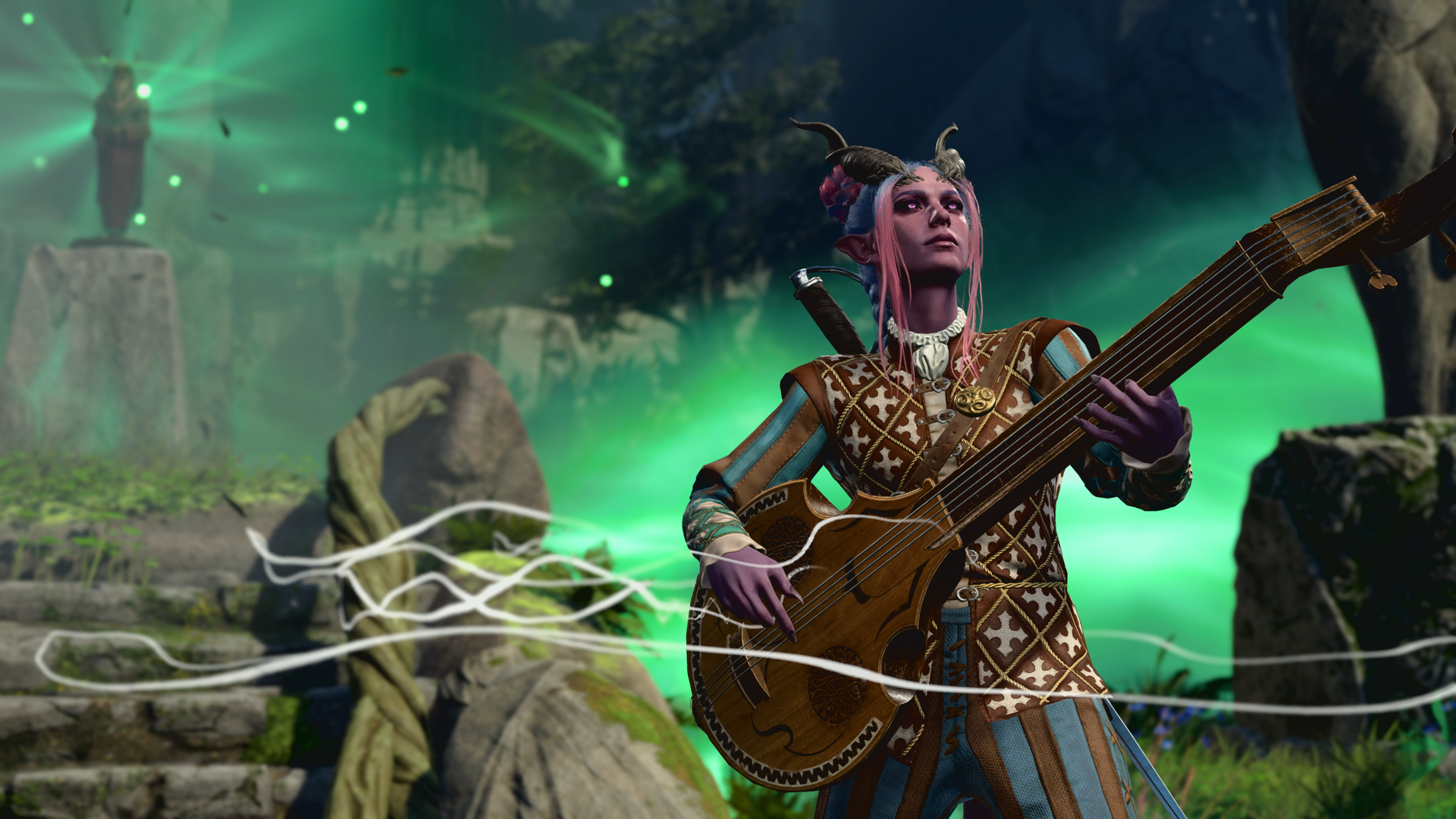
What’s it? A jack-of-all-trades spellcaster/melee harm vendor, often known as a “Blade”
Decide this class if you would like: Intensive dialogue and non-combat choices, and to carry your individual in melee
Baldur’s Gate sequence followers may acknowledge this alt Fighter/Mage, a Fighter/Mage with a septum piercing if you’ll, from its look in Baldur’s Gate 2 as a participant choice and the chosen class of companion Haer’Dalis. The Blade Bard in BG3 appears to have a broadly comparable package to the early access-available Valour Bard, however the Blade is rather less tanky and support-focused, with extra capability to deal out its personal harm with twin rapiers or the like.
There is a distinct swashbuckler’s aptitude to the Blade’s Dexterity-focused, flashy combating. They acquire sure martial bonuses like a Combating Fashion (I might go together with twin wielding since they lack defend proficiency) and Further Assault alongside the Bard’s spellcasting and help package, in addition to the distinctive potential “Blade Flourish.” That final one is a particular assault that offers additional harm and might both increase your individual AC, deal harm to a second enemy, or knock an enemy again. All collectively, I am imagining the enjoyable and flexibility of a Bard with extra severe entrance line harm dealing capabilities, and that appears like a good time.
Most powergamey D&D discussion board varieties aren’t large on Blades, nevertheless it strikes me as a greater than viable playstyle on most issue settings. One factor that’d actually take the Blade from “you may have enjoyable with it” to a “you may actually kick ass with it” is that if Larian moved up the tabletop class’ “Grasp’s Flourish” potential from degree 14 to inside BG3’s 12-level vary. That potential decouples Faculty of Swords Bards’ flourish potential from their restricted Bardic Inspiration makes use of, letting you employ your Inspirations the way in which they have been meant to whereas flourishing about all of the live-long day.
Circle of Spores Druid

What’s it? Pungent mushroom man
Decide this class if you would like: To enact the need of the spore gods
Pungent boys stand up. This Druid subclass is completely surrounded by a “Halo of Spores” like goddamn Pigpen in Peanuts. Your spores can defend you while you’re approached in fight, provide you with momentary hit factors, and even infest your weapons. Ultimately, Spore Druids can use their fungal associates to boost zombies in fight, and their pungent man skills all come along with the usual Druid unfold of help and damaging spells.
I am much less up on Druids and their arsenal, however nothing within the Circle of Spores’ repertoire looks as if an OP, house run beast mode alternative (making use of necrotic harm to your weapons appears fairly sick although). I believe you choose this class extra for the flavour: the flavour of mushrooms and rotting flesh. Within the spirit of low-intelligence Fallout characters or Vampire: The Masquerade – Bloodlines Malkavians, typically you simply need to roleplay a pungent weirdo freak nobody likes and that is okay.
Approach of the Shadow Monk
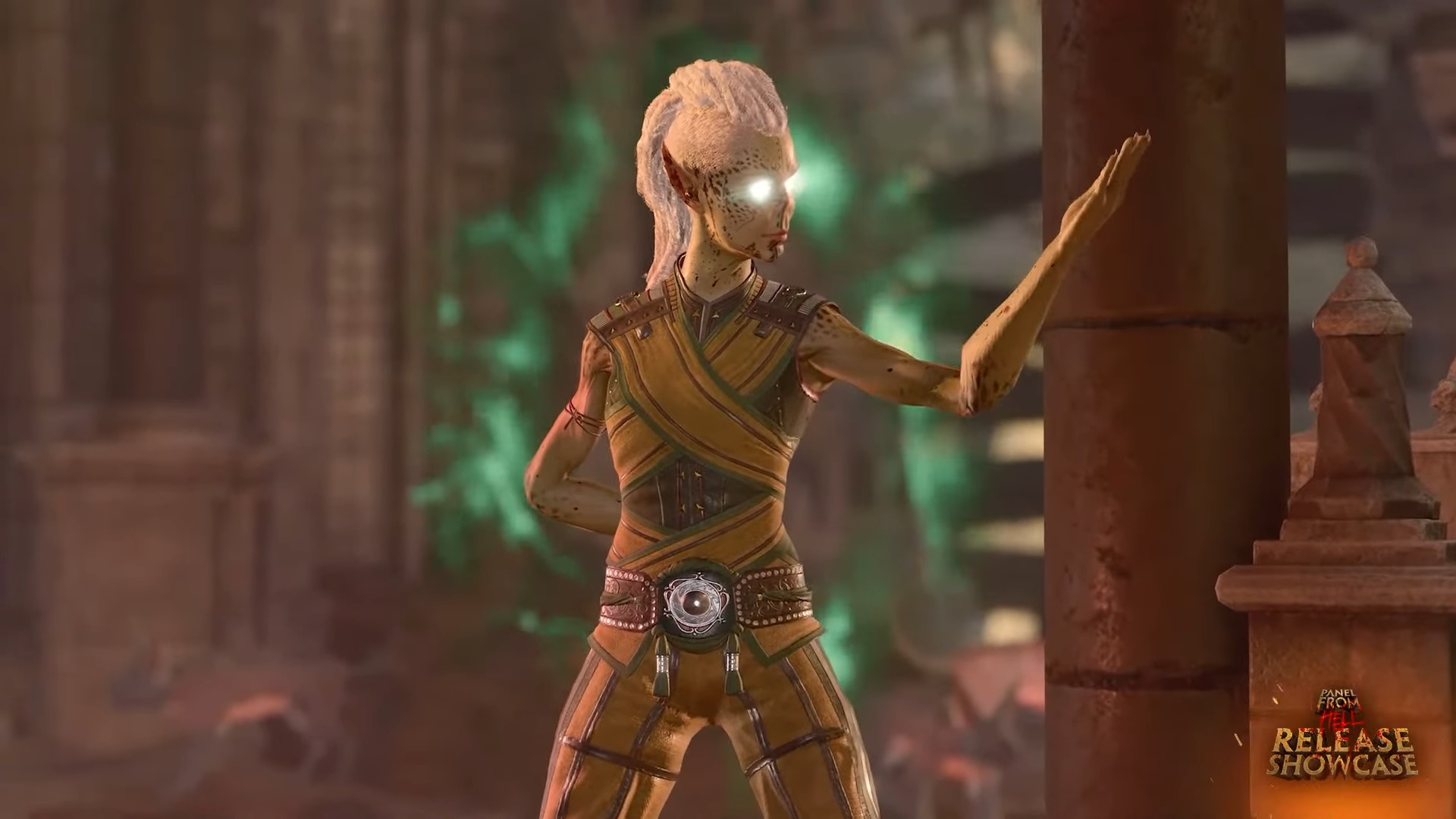
What’s it? A stealth and ninja-themed martial artist.
Decide this class if you would like: To maneuver round that battlefield rapidly, hitting enemies from the shadows
Alongside a typical Monk’s assorted martial arts skills, Shadow Monks get an added concentrate on hit-and-run techniques and stealth. One in every of their most enjoyable skills to my eye is Shadow Step, a teleport potential that is restricted to “dim gentle or darkness.” I am curious how that’ll be dealt with within the full recreation, however positioning skills are at all times a winner in Larian’s usually restrictive turn-based motion economies.
I critically thought of the Shadow Monk’s multiclass capabilities with Gloom Stalker Rangers or Murderer Rogues (and even each, if you wish to get freaky), however Baldur’s Gate 3’s degree cap of 12 appears just a little restrictive for that, particularly given the Monk’s reliance on their ki pool to fireside off particular skills.
Gloom Stalker Ranger
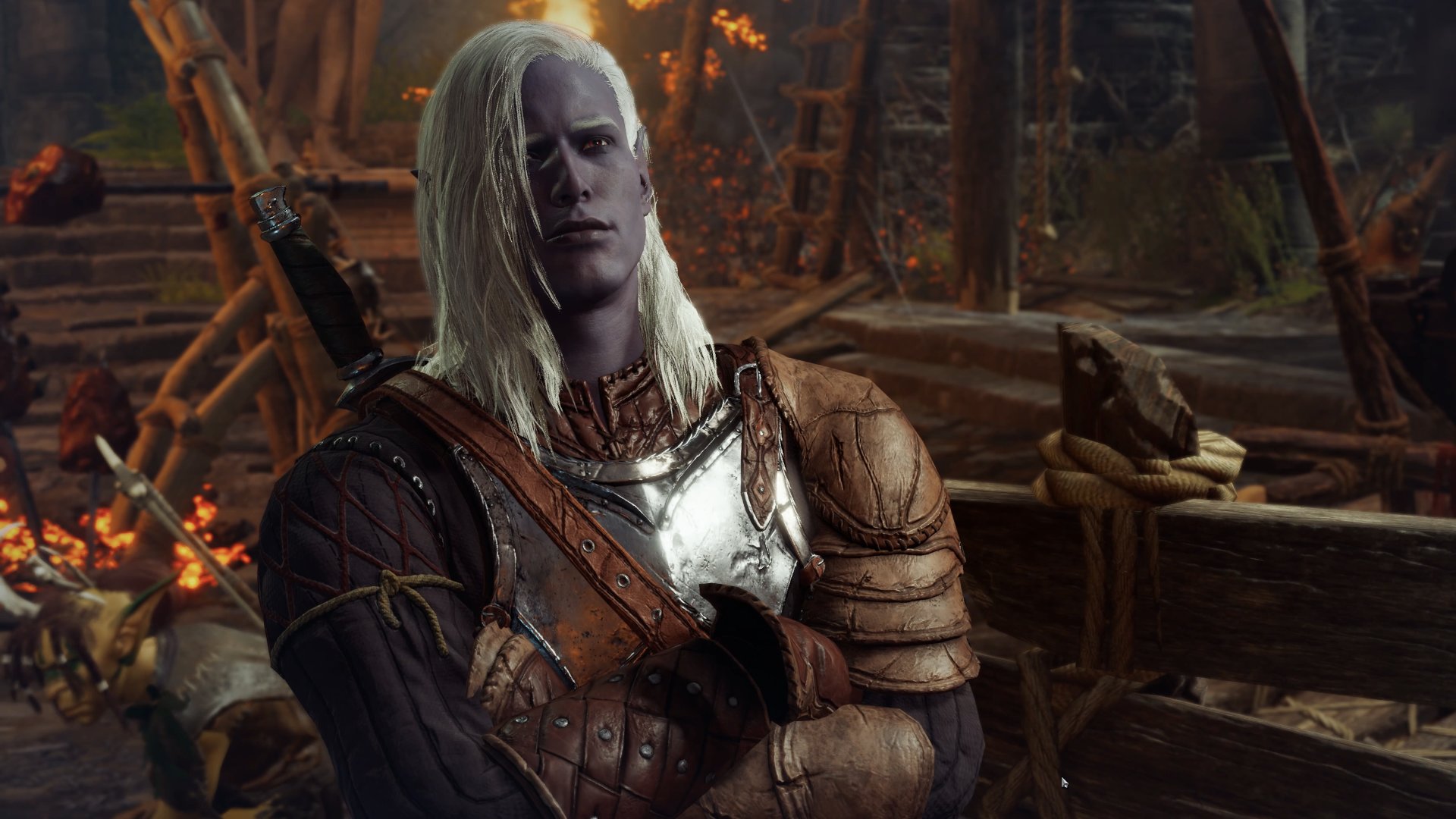
What’s it? A shadows and darkness-focused edgelord
Decide this class if you would like: To ambush enemies from stealth at any time when doable.
Ranger’s undoubtedly felt like one of many weaker courses in Baldur’s Gate 3’s early entry, however that could be set to vary with the Gloom Stalker. Their large benefit comes from their degree three potential on selecting the category: Dread Ambusher. Gloom Stalkers get bonus transfer velocity, an additional assault, and bonus harm on their first flip of fight. Principally, you need to start each battle by exploding out of stealth with a crazy-powerful ambush.
Gloom Stalker additionally looks as if a robust multi-class candidate with the Rogue’s Murderer subclass, gaining benefit, sneak assault, and automated criticals in opposition to opponents who have not taken a flip in fight but, all on prime of Dread Ambusher. The Gloom Stalker does not appear to lose a lot after degree 9 apart from a possible feat/attribute improve on the finish of the sport, so a Gloom Stalker 9/Murderer 3 strikes me as an actual tempting alternative for any DPS/stealth recreation nerdlingers on the market. A personality designed to get rid of as a lot opposition as doable proper at first of a battle, undoubtedly Dexterity-focused and choosing both twin finesse weapons or a bow.
Oathbreaker Paladin
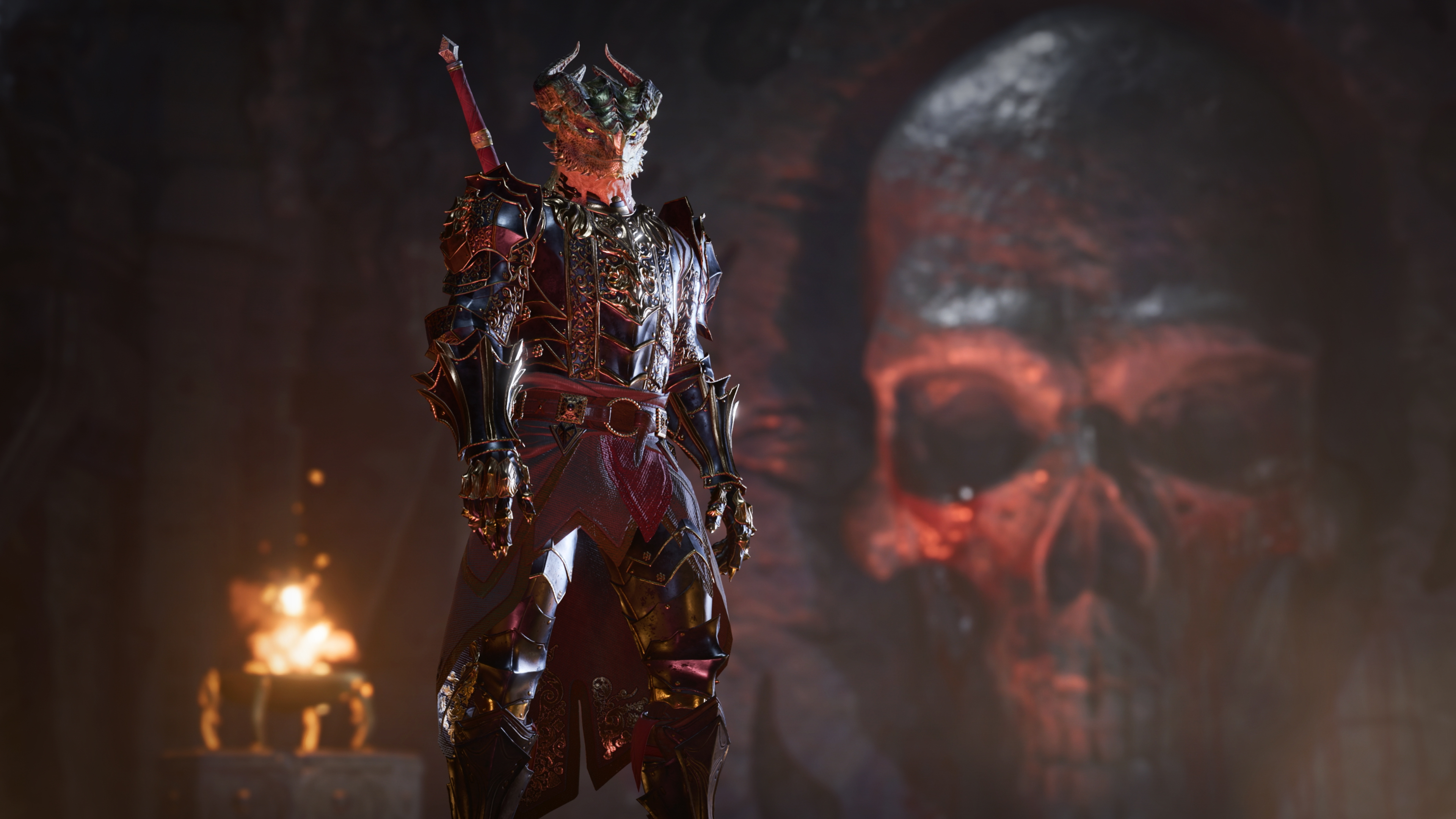
What’s it? A Paladin subclass unlocked by breaking Paladin Regulation.
Decide this class if you would like: To be an actual unhappy sack, edgy man with nothing to lose.
Oathbreaker’s a bizarre one, and it is actually simply so cool to see how Larian carried out it. As an alternative of the traditional D&D Lawful Good alignment restriction, in 5E Paladins now have an “oath” that they will break primarily based on their actions within the recreation (and the precise confines of your oath depend upon which subclass you choose). Should you break your oath by behaving in a way unbecoming of a Paladin, you flip into an Oathbreaker, gaining completely different skills accordingly.
The Oathbreaker jogs my memory loads of earlier editions’ Blackguards, although Oathbreakers appear to be they are often roleplayed as something from a reluctant and haunted former Paladin to a full-on villain. Oathbreakers are extra explicitly debuff/harm targeted, shedding out on different Paladins’ therapeutic and help skills. What’s extra, the Oathbreakers’ Charisma focus, identical to regular Paladins, leaves them primed to unravel quests via dialogue choices along with brawn.
Couple Paladin oaths with the Darkish Urge origin providing you with a freaky serial killer who lives in your head, all alongside just a little Cthulhu worm who additionally lives in your head, and there is some enjoyable roleplay alternatives right here for a critically internally conflicted Dudley Do-Proper holy warrior kind.
Wild Magic Barbarian
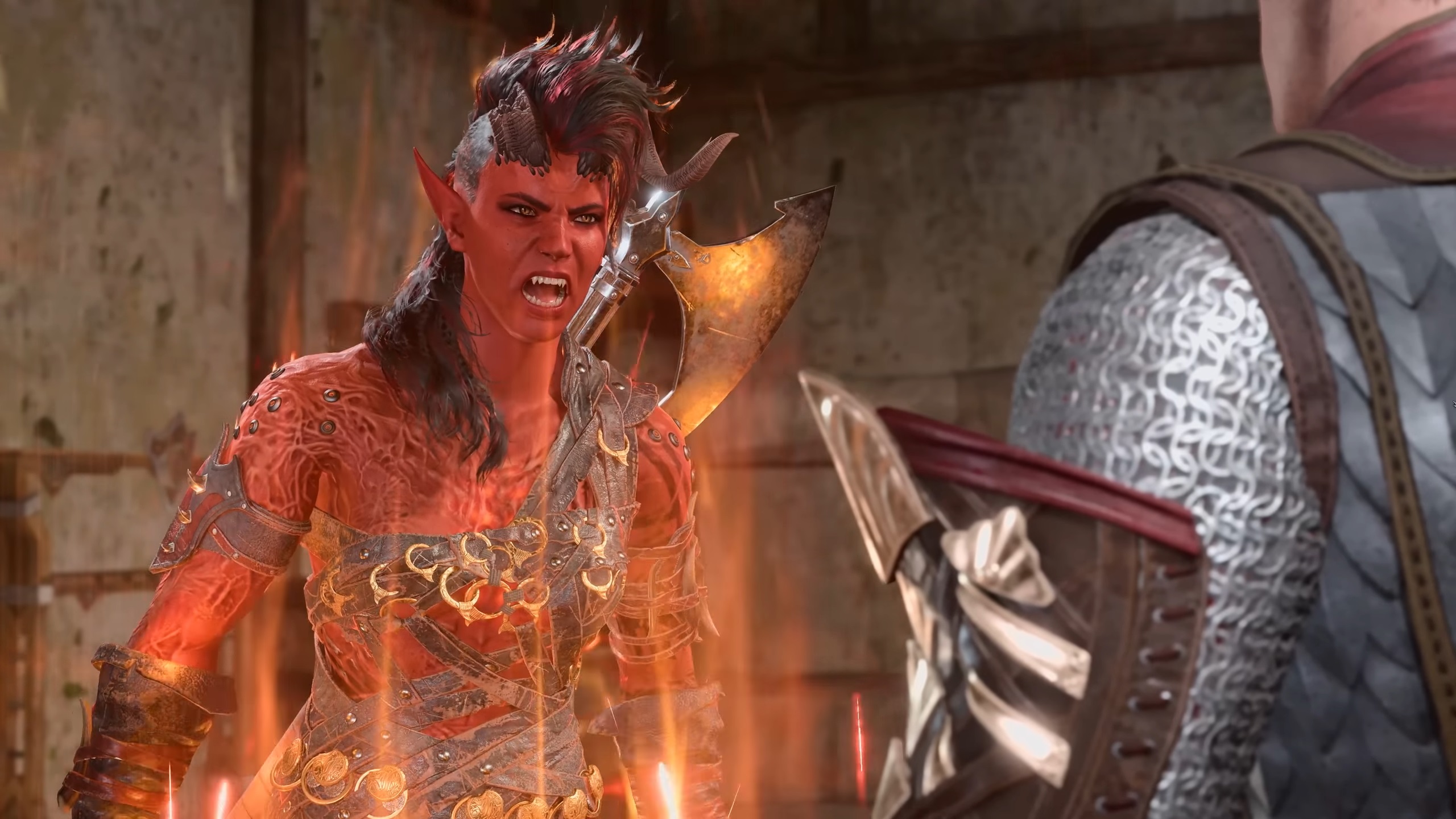
What’s it? A Barbarian who loves magic, however is not the very best at controlling it
Decide this class if you would like: To shock each enemies and your self
The Path of Wild Magic provides D&D 5e Barbarians the chance so as to add spellcasting to their rage-induced slicing and hammering, simply with none of the finesse of a typical wizard or sorcerer. The standout characteristic is Wild Surge. Beginning at degree three, you forged a spell everytime you enter rage—however you do not get to find out which spell. A d8 roll determines whether or not you may rend your enemies with necrotic harm, teleport to a random new location, or maybe summon exploding spirits. These Barbarians can even detect close by spells and magic objects, and at larger ranges can magically buff allies.
This subclass is not obtainable in Baldur’s Gate 3’s early entry model, so we do not know precisely the way it’s carried out. Larian may have created its personal particular spell desk for Wild Surge, for instance. I am undecided Wild Magic Barbarians are essentially a {powerful} class, when you’re optimizing, however they might be a enjoyable one, particularly if Larian finds methods to make their uncontrolled magic set off disastrous chain reactions at times.
[ad_2]
Source link


